Second College Grant
The Dartmouth College Second College Grant is participating in a study called the Adaptive Silviculture for Climate Change (ASCC) Network. The goals of this project are to test different co-produced silvicultural approaches to climate change adaptation that will also serve as useful examples across the U.S. and Canada.
The Second College Grant is one of the original five ASCC study sites. “The Grant” consists of 27,000 acres of forests, rivers, and wetlands in the Northern Forest region of New Hampshire, and has been owned and managed by Dartmouth College since 1807. The forest is predominantly rich, mesic northern hardwoods dominated by sugar maple, American beech and yellow birch, with minor components of red maple, red spruce, and other species. “The Grant” has long been utilized for timber, but is also recognized as a model forest used for wilderness recreation and forest and natural resource research.
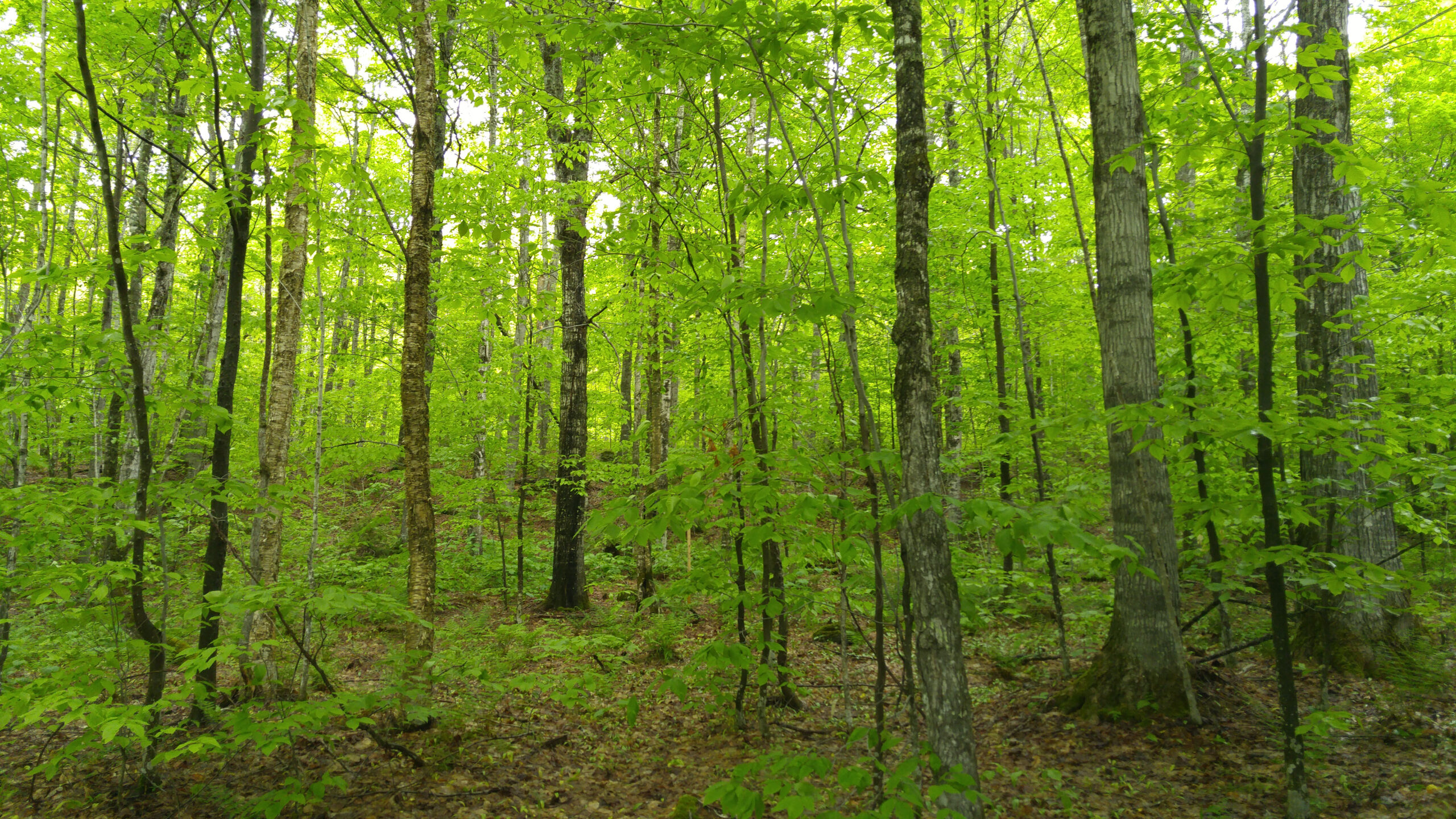
Key Projected
Climate Change Impacts
Key projected climate change impacts that the project team considered for the Second College Grant include:
- Increasing wind and ice events leading to crown and other forest damage
- Increasing moisture stress due to drought as well as above-average precipitation periods, leading to more damage from pests and diseases and potential reduced growth
- Loss of key species or functional groups critical for maintaining ecosystem services
Climate change will present challenges and opportunities for accomplishing the management objectives of the Second College Grant, including:
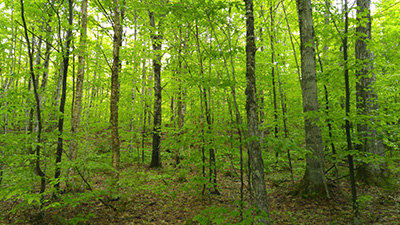
Challenges
- Several dominant tree species in these stands, such as sugar maple, are projected to have reduced habitat suitability under future climate scenarios
- Dominant tree species face increased threats in the future from introduced insects and pathogens
Opportunities
- Some tree species found nearby are expected to have increased habitat suitability, including red oak, red maple, white pine, and eastern hemlock
- Habitat suitability for yellow birch and red spruce is not expected to change substantially in northern New Hampshire
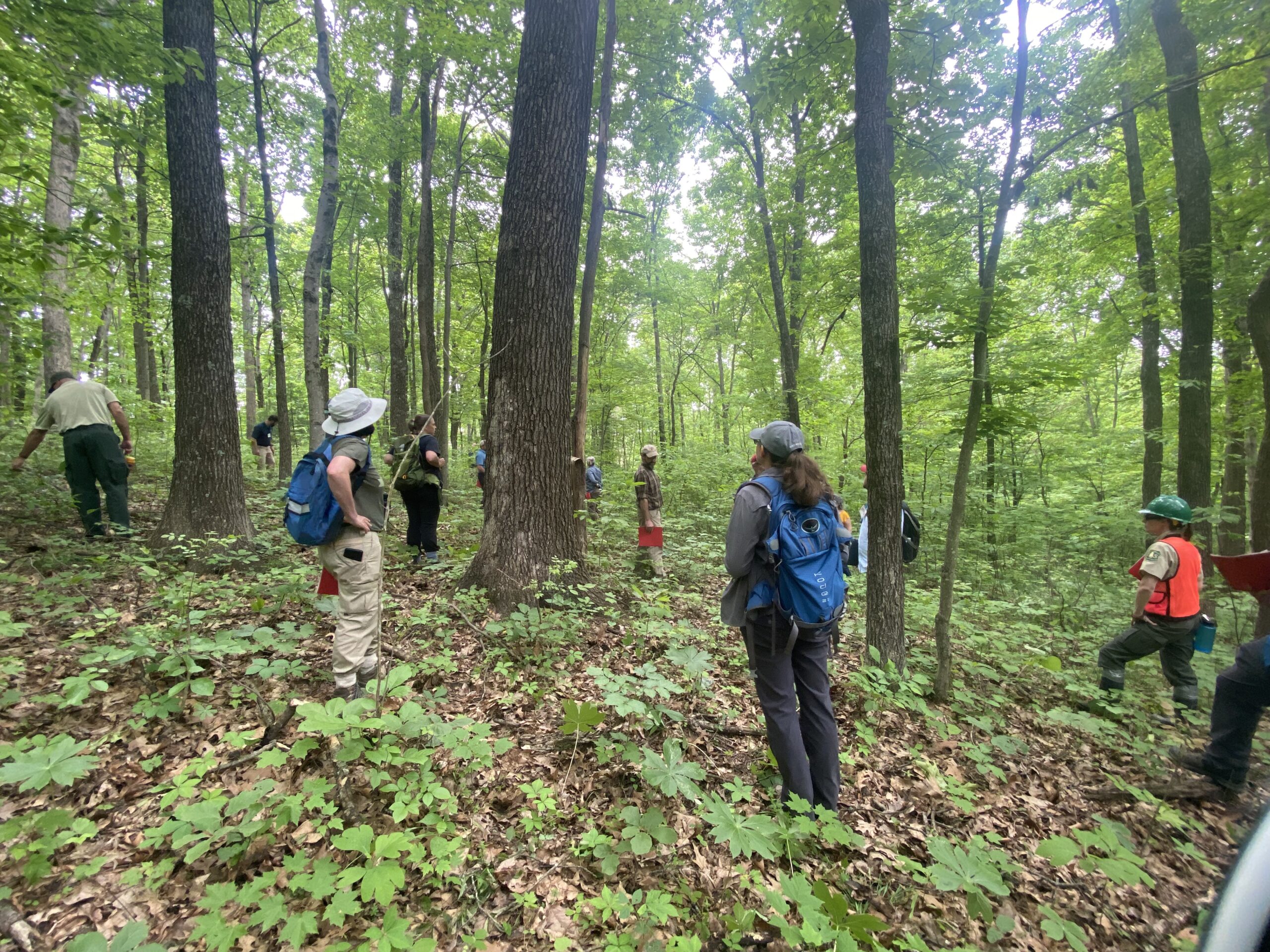
Management Goals & Treatments
What approach best prepares forest ecosystems for climate change? Adaptation options occupy a continuum of management goals related to their levels of desired change. A team of natural resource specialists and researchers familiar with the Second College Grant convened for a three-day workshop in the summer of 2016 to co-produce the study design for the ASCC project site. The team developed a set of desired future condition statements, objectives, and tactics for each major climate adaptation trajectory:
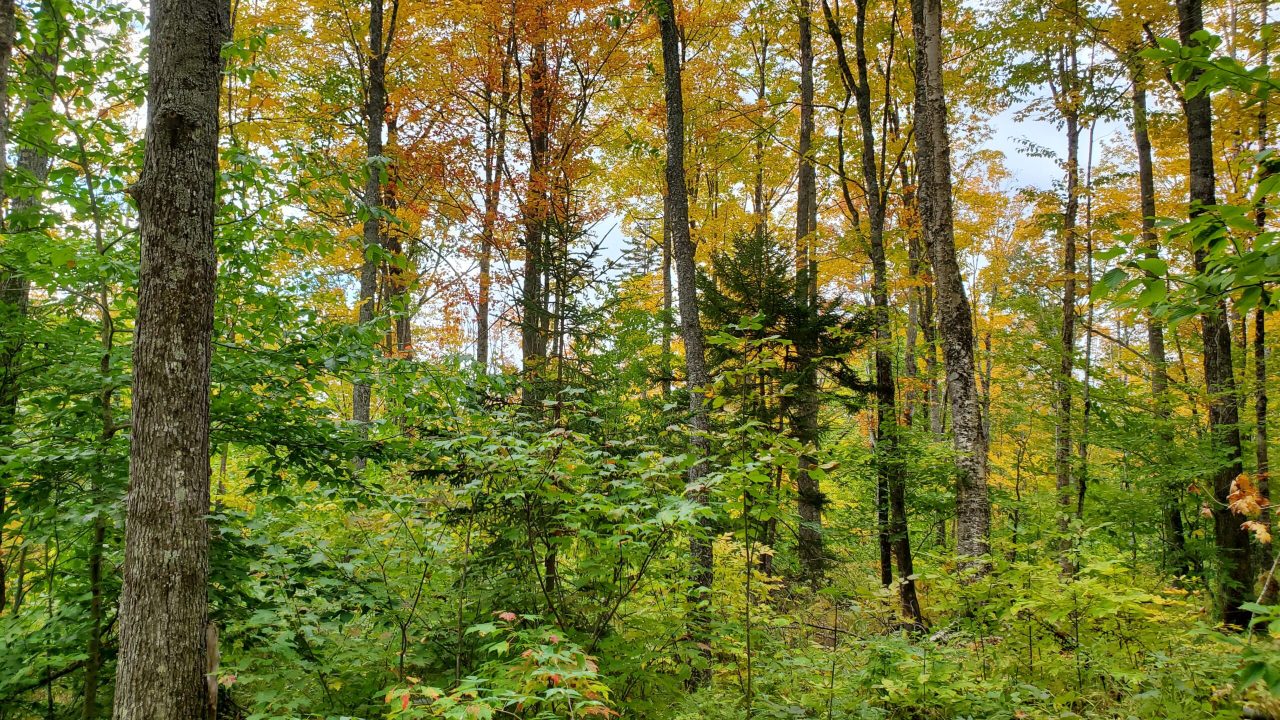
Resistance
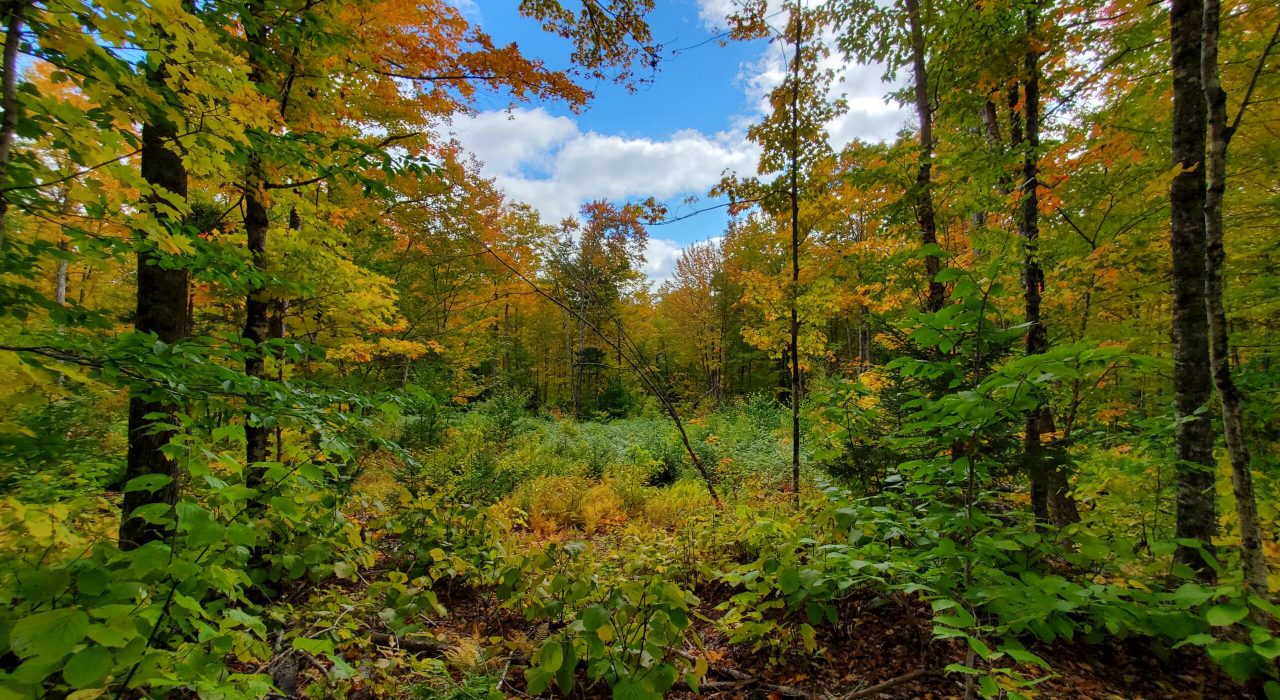
Resilience
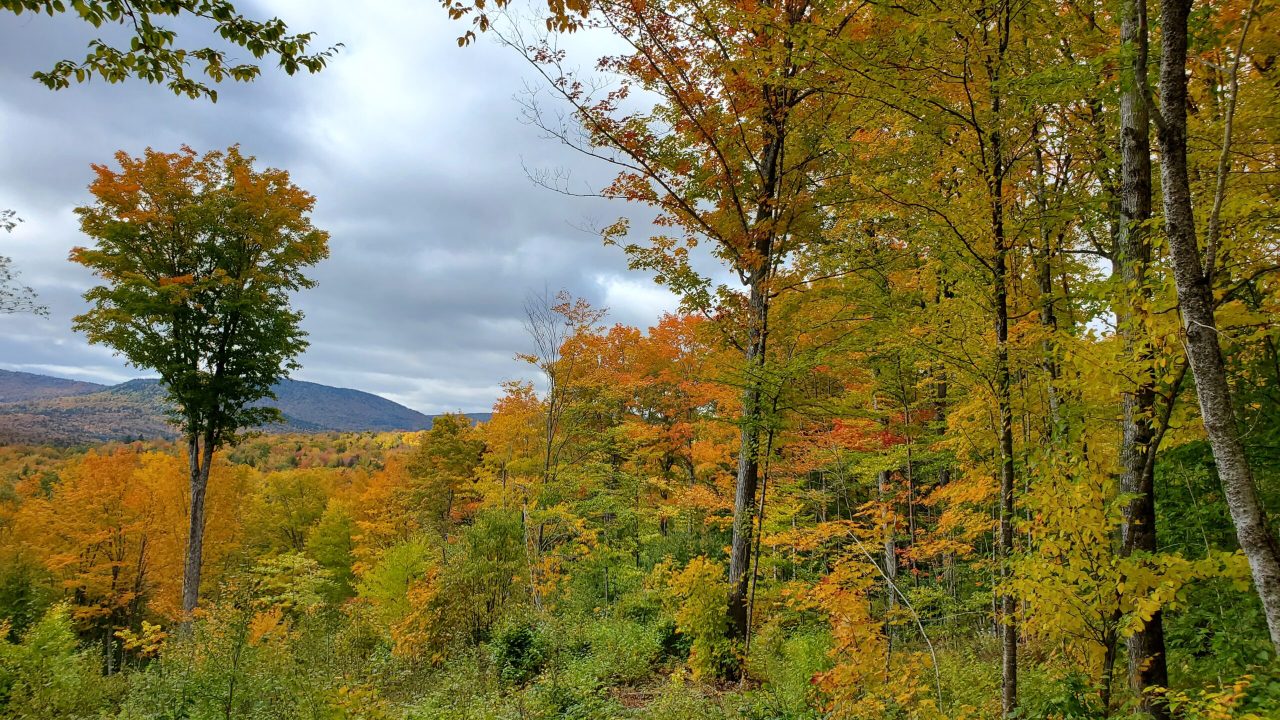
Transition
Monitoring
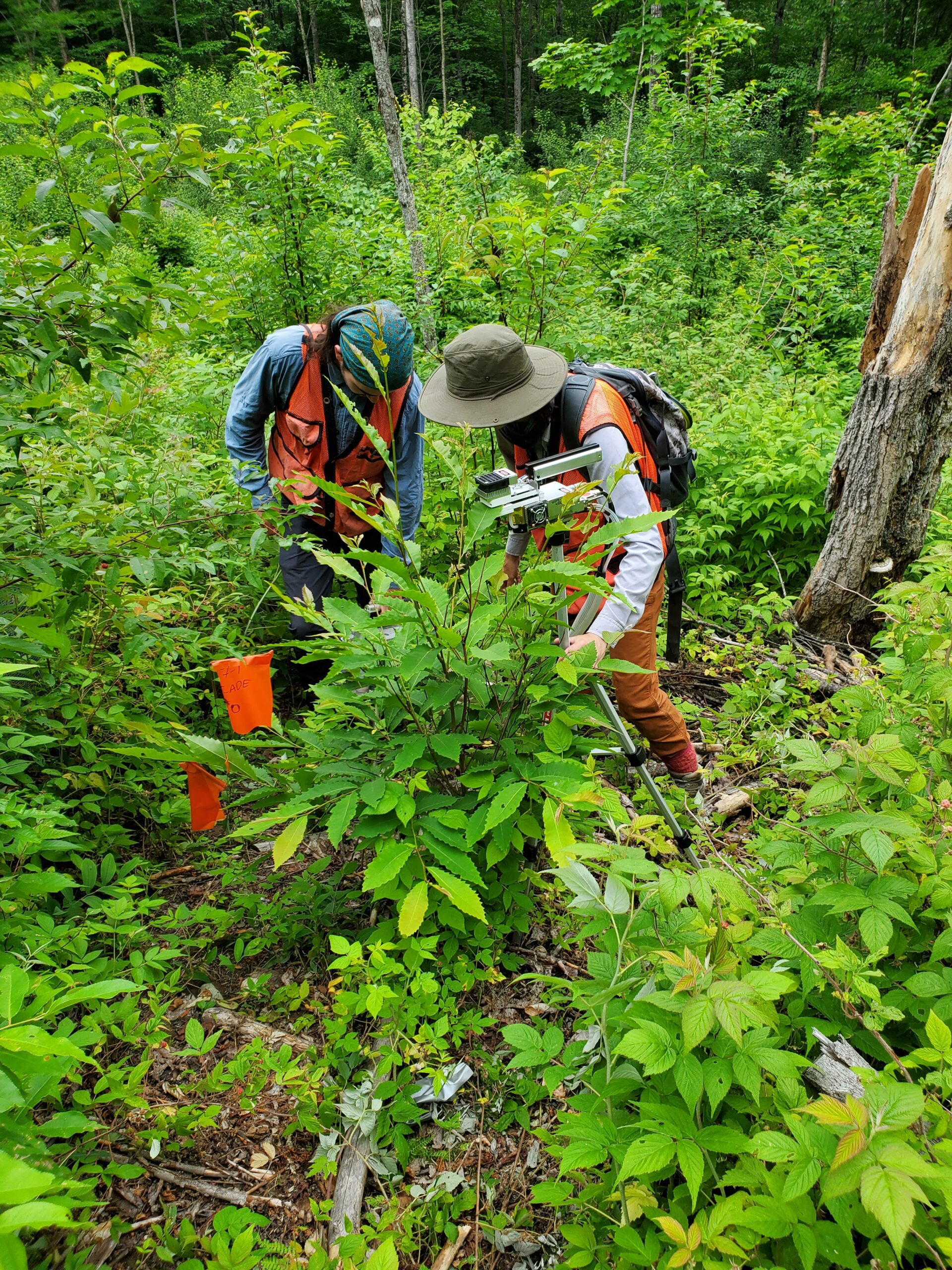
- Ecophysiology measurements being taken at the Second College Grant ASCC Site. Photo Credit: Tony D’Amato, University of Vermont Natural regeneration
- Survival and growth of planted seedlings
- Residual tree survival and growth
- Songbird, small mammal, insect, fungi, and other wildlife community responses
- Carbon pools, including living and downed woody materials and forest soils
- Litter and wood decomposition
- Moisture dynamics of downed woody material
- Soil nitrogen dynamics
Progress & Next Steps
Measurements of pre-treatment vegetation, carbon, and wildlife communities, as well as high-resolution LiDAR data were collected across research areas in the summer of 2017. Treatments were implemented in late summer-fall 2017 thanks in large part to the Herculean efforts of Dartmouth College Woodlands. Post-treatment vegetation data collections occurred across 196 permanent plots in 2018, 2019, 2020, 2021, and 2022 and planted seedlings and bird and mammal communities measurements have occurred every year through 2024. In addition, numerous field tours and workshops for forest managers, wildlife biologists, and students have occurred on the site since its installation, including the 2019 Vermont County Forester Tour, 2021 UNH Extension Mud Season Breakfast, 2021 Northeast Association of Fish and Wildlife Agencies Northeast Habitat Technical Committee Meeting, 2023 field tour for resource management staff from the White Mountain National Forest, 2024 Iowa State University Fall Forestry Field Camp, and 2024 field tour for resource management staff on the Green and White Mountain National Forests.
Going forward, regular post-treatment monitoring will continue to assess the efficacy of the treatments. The team at the Second College Grant site will continue to analyze and communicate the results of their study to land managers, local landowners, and other scientists via workshops, field tours, and publications to encourage climate-adaptive management based off their successes.
Site Leads & Partners
Tony D’Amato (University of Vermont and Northeast Climate Adaptation Science Center) is the site lead for the Second College Grant ASCC project. Key partners include Kevin Evans, Matt Ayres, Rich Howarth, and Caitlin Hicks Pries (Dartmouth College); Chris Woodall, Dave King, Isabel Munck, Brian Palik, and Nate Siegert (USDA Forest Service Northern Research Station); Carol Adair, Peter Clark, Alissa Freeman, Gary Hawley, Caitlin Henry, Allan Strong, Lucas Harris, and Jess Wikle (University of Vermont); Shawn Fraver (University of Maine); Becca Rowe, Jeff Garnas, Alix Contosta, and Alexej Sirén (University of New Hampshire); Toni Lyn Morelli and Jahiya Clark (University of Massachusetts); Eben Broadbent (University of Florida); Dan Evans (Plymouth State University); Mark Greene (Case Western University); Ryan Stephens (Eastern Tennessee State University), Dave Lutz (Colby-Sawyer College).
Current graduate students involved in the project include Alissa Freeman (UVM), Caitlin Henry (UVM), and Jahiya Clark (UMass). Past graduate students on the project are: Ben Borgmann-Winter (UNH), Peter Clark (UVM), Fiona Jevon (Dartmouth), Ryan Stephens (UNH), Jen Santoro (UVM), Paulina Murray (UVM), Liz Studer (Dartmouth), Jess Wikle (UVM), Christopher Ziadeh (UNH).
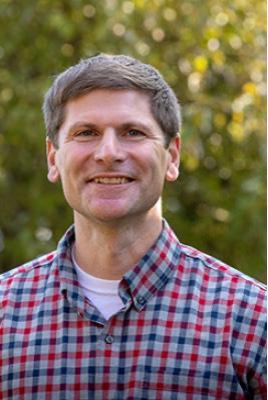
Tony D'Amato
Second College Grant ASCC Site Lead
Professor,
Rubenstein School of Environment and Natural Resources
University of Vermont
204E Aiken Center
Burlington, VT 05405
Phone: 802-656-8030
awdamato@uvm.edu
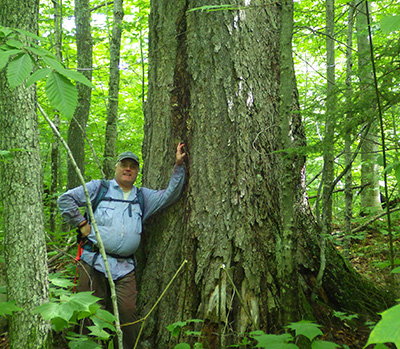
Kevin Evans
Second College Grant ASCC Site Manager
Director of Woodlands,
Dartmouth College
P.O. Box 213
Milan, NH 03588
Phone: 603-449-2049
Kevin.S.Evans@dartmouth.edu
